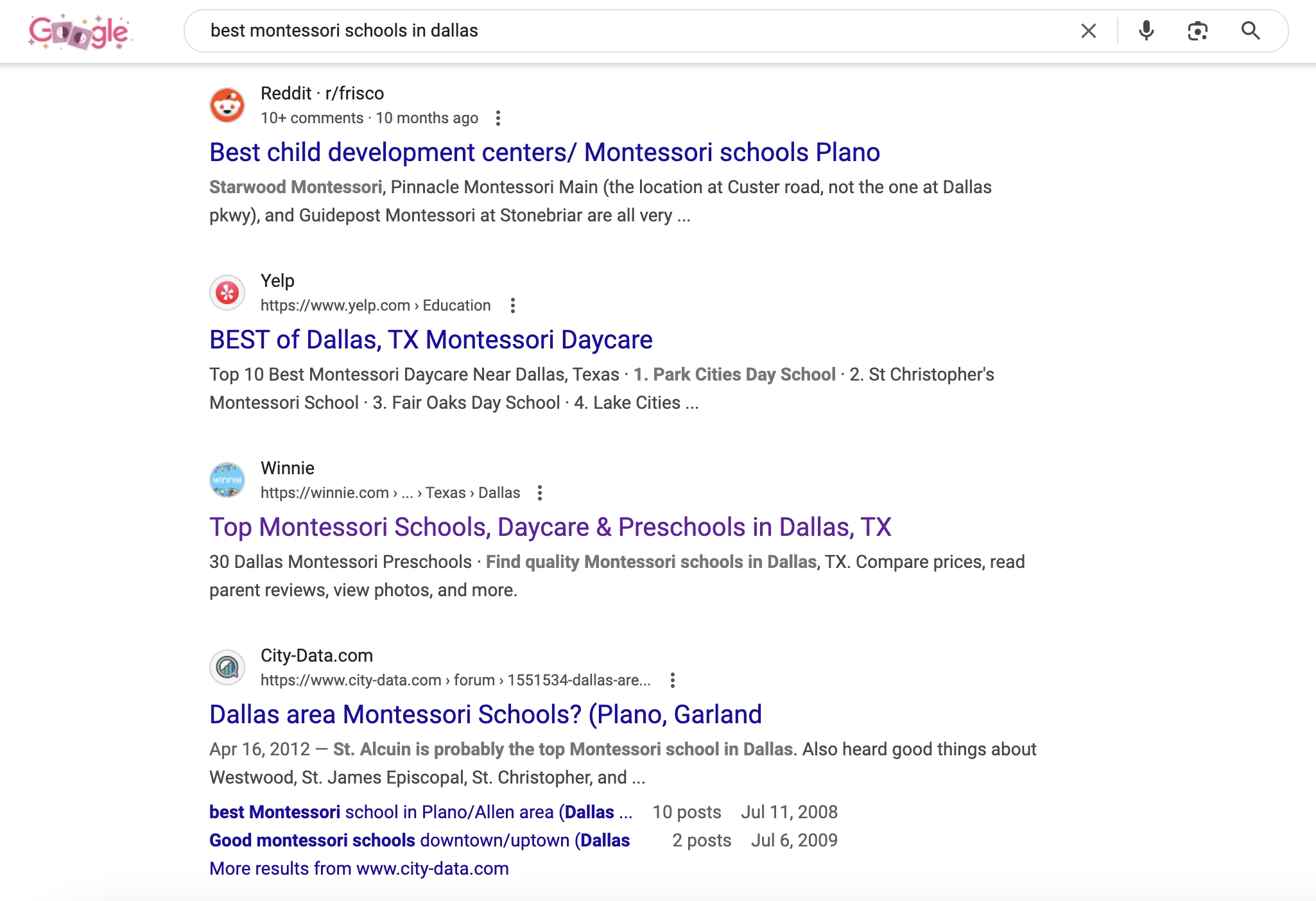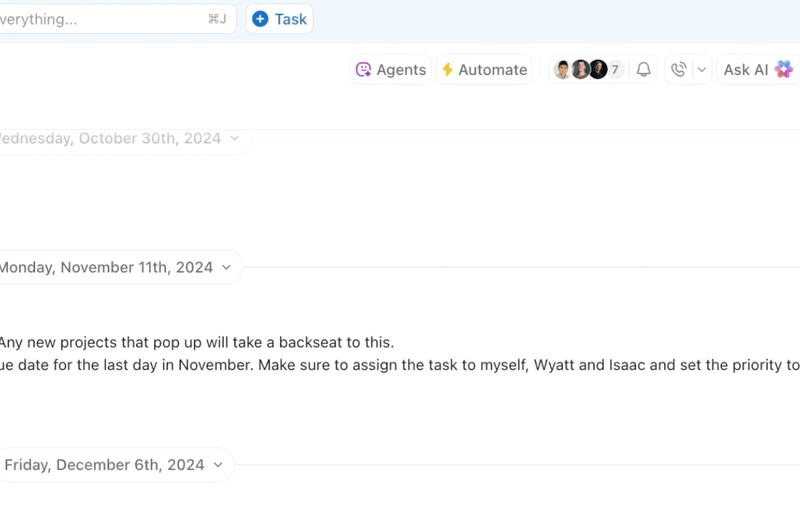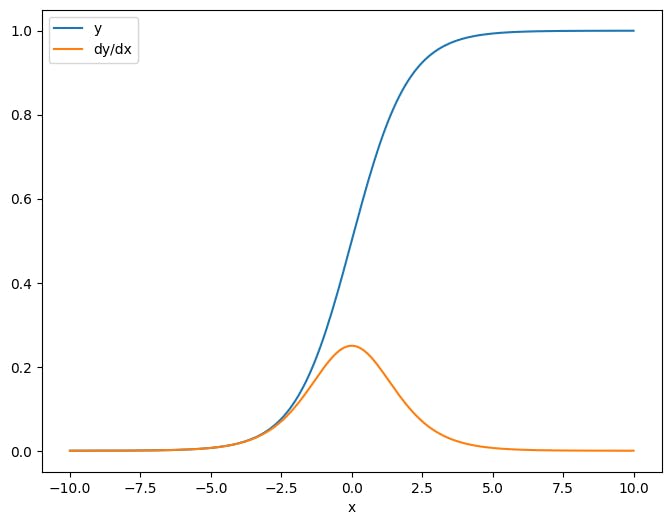A lot of people in the search engine marketing space are talking about Google’s AI Overviews.
If you’re a B2B site targeting informational terms, they may have impacted your organic traffic significantly.
If you’re a business that thrives on local searches or an ecommerce company, they may not be entering into your search results in a meaningful way (yet).
If you’re a busy marketer or business owner, you’re likely wondering, “Should I be optimizing my site and pages for placement in AI Overviews? And if so, how do I do it?”
The short answer–like most things in SEO–is “it depends.”
The good news for many sites is that a lot of the things you can do to influence inclusion in AI Overviews (AIO) are the exact same “best practices” you’d be focused on to have your site rank higher in Google search results (and Google’s featured snippets) already.
Contents
Do AI Overviews matter for your business?
A study showed:
- 47% of organic searches now have AI Overviews.
- AI Overviews take up 42% of the screen on desktop, 48% on mobile.
- 75% of AI Overviews also rank in the top 12 in search results.
- AIOs showed up on ~60% of informational and ~20% of commercial queries studied.
What are the takeaways there?
AI Overviews are impacting a lot of searches. They were rolled out in May of 2024, and less than a year later, are showing up across almost half of the searches on Google’s flagship, money-printing core product.
There is a lot of overlap between what works for ranking in traditional Google organic results and ranking in AI Overviews. A strong majority of AI Overviews are pulled from/feature sites that are also ranking for the stand Google search term.
Some search terms are impacted more than others. This is a key factor if you’re thinking about how much to focus on Google’s AI Overviews. (If you’re looking for more data on which search terms are most impacted, here is a recent study.)
There was a lot of talk about the HubSpot blog losing organic traffic. The HubSpot folks talked about it on a recent podcast, and while there are multiple factors, one that they called out was the introduction of AI Overviews (as well as other AI tools like ChatGPT, DeepSeek, and Claude) and zero-click searches on some of the terms they’d been ranking for.
Here is a look at the number of keywords HubSpot is ranking 1-3 for with AI Overviews present, according to Ahrefs:

Lots of caveats here: These numbers may be impacted by which keywords are tracked, and this is a relatively new data set. But the main takeaway is that tens of thousands of keywords where HubSpot was ranking 1-3 now have a huge AI Overview layered above any content.
Again, many of the terms the site appears to have lost traffic and rankings on were very broad informational terms, but there are also terms like the one below, where they dropped from 1 to 3, and there’s also an AI Overview present. Look at what a searcher sees on this query:


Based on the Ahrefs classifications of search terms, these AI Overviews are showing on 3,187 keywords combined with the intent type commercial, navigational, and transactional, and 14,341 informational terms (some terms fall into multiple buckets there).
On the other hand, here are the keywords for a local roofing client of mine with hundreds of top 3 rankings. Of keywords with a local intent, here are those with AI Overviews:


One “local” keyword was impacted, and it was “how much does a roof cost in {state}?”
If we look at the phrase matched version of the top 1,000 keywords for “roofing company in X” terms:


There is one search result showing an AI Overview, and the query was “how to start a roofing company in texas” (not a term a local roofing company would be targeting to drive roofing leads, obviously).
Now if we do the same analysis for “what is” keywords, there are 312 AI Overviews out of the top 1,000 queries.


So to recap:
- If your site is targeting a lot of informational queries (keywords like what is X, how to do Y, etc.) AI Overviews are likely playing a huge role in search results.
- If your site is targeting a lot of localized queries (like best {service} in {city}), you may not need to think about AIOs at all (right now).
- If you’re not sure, it’s best to use third-party tools to see how many of your current keywords show AIOs, and to spot-check your top-performing terms to see what the search results look like.
👀 Feeling the effects of AI Overviews and looking for ways to drive people to your site? Free guide >> 25 Ways to Increase Traffic to Your Website
Should you focus on optimizing for AI Overviews at all?
For most sites on the internet, I’d say not right now.
Why not?
Many sites don’t currently have many AI Overviews in their search results. For many more, they would be better served focusing on all of the current SEO best practices than diving into deep research around AI Overviews. That said, I’ll share how to prepare if AI Overviews aren’t yet impacting you, and what to do if they are.
What to do if AI Overviews aren’t yet impacting your site
Here are things you can do that impact SEO that also impact AI Overviews:
- Build links at the domain and page level for key pages and your site as a whole.
- Create clear, concise answers to the core question your page addresses (just like when you were targeting featured snippets previously).
- Create clickable title tags.
- Deliver on the promise of your title tag, getting searchers to quick answers and creating a great user experience that keeps visitors from bouncing back to search results for different answers.
- Build your brand so that your site is mentioned frequently across lists, review sites, etc., so that you’re featured prominently amongst businesses in your category.


Building your brand and getting listed on top directories can help you get found organically on search engines.
These are all things that will impact AI Overviews and rankings in other AI products like ChatGPT, DeepSeek, and Claude and will help you rank higher in traditional organic results whether there’s an AI Overview or not (and again: most of the time higher ranking sites see a higher likelihood of showing up in AI Overviews).
🚀 Free guide >> 10 Tangible & Free Ways to Get on the First Page of Google
What to do if AI Overviews are impacting your site
If your site is losing traffic to AI Overviews (i.e., your organic rankings are the same, but you’re not featured as prominently in the AIO or those searches are turning into “zero-click” events and people are leaving where they used to be clicking), there are a few considerations:
- Optimize for AIO. We’ll dive deeper into how to do this in the next section!
- Find other targets. If you’re losing traffic for informational searches where more AI Overviews are showing, you may need to double down on optimizing for more transactional searches. For example, if you’re losing traffic for “how much does pest control cost in {city}?” you may need to invest in different terms where those AI Overviews aren’t present, like “pest control companies in {city}.” In some cases, these terms that are more transactional or commercial and less informational will have less top-line traffic, but they may bring more conversions.
- Consider other channels. If you have a limited sphere of search terms that will drive relevant traffic, you may need to recalibrate your expectations for SEO as a channel. Investing in another channel, particularly if it’s something like video or PR that can also impact SEO, may have better results for you than some of your content creation and link-building efforts had previously.
How you can impact AI Overview rankings
So let’s assume you do have AIOs in the search results for your target keywords. What can you do about it?
According to Google:
Google’s systems automatically determine which links appear. There is nothing special for creators to do to be considered other than to follow our regular guidance for appearing in search, as covered in Google Search Essentials.
Rich Sanger did another study of AI Overviews (with somewhat different findings from those highlighted above) but found two interesting takeaways:
“SERP Position and AI Overview Visibility: The likelihood of a search result document appearing in an AI Overview depends on its SERP position. A link ranked first has a 53% chance of being featured, while content ranked tenth has a 36.9% chance. This trend holds for related and reformulated queries as well, with higher-ranking documents more likely to be included.
Trends in Unaccounted Links: Further analysis of the unaccounted links revealed a significant presence of YouTube and Wikipedia, highlighting specific domains that AI Overviews favor.”
In other words, a lot of the work of getting featured in AI Overviews is to do the things you already knew you should be doing to rank in Google search results: Target relevant terms, build links to your domain and individual pages, write clickable title tags, and create a great user experience on your site so that your engagement metrics are strong.
Another key aspect of AIOs to note is that they change based on the user’s history and location, as well as engagement with an AIO by users generally.
Here is the above-the-fold experience for me for the same search in Chrome in one Google profile:


In Internet Explorer (no AI Overview at all, just a featured snippet):


And in Chrome on an iPhone:


These searches were performed within a few seconds of each other at the same location, and while the mobile and desktop results are very similar, the wording is slightly different, a few of the sources varied from desktop to mobile, and it’s likely this result will change over time (and from searcher to searcher).
So, like with all search engine rankings, you need to take into account that results will be personalized and dependent on user interaction with the AIO itself.
Beyond existing SEO best practices, there are some areas you can focus on, particularly when it comes to AIO placement:
- Verification and embedding distance. If you’re targeting something like a definition for a term (e.g., what is X), having your definition of the term match the AIO with slightly different but highly similar “close” language helps increase the likelihood of being sourced in the AIO links.
- Updating content and timestamps. Freshness is among the factors relevant patents from Google considers when it comes to AIOs.
- Knowledge graph inclusion. This is one of the sources the LLM powering Google’s AIO results pulls from (along with its index).
- Related topics. AIOs will change over time based on how an individual user or users generally refine their query, so having related topics is important.
Again, a lot of these are things you’re likely doing already as part of your typical SEO process.
Stay ahead of the AI Overview curve
Whether you need to make adjustments to try to rank in AI Overviews now or are taking the wait-and-see approach, every site that is investing in and generating revenue from search traffic should continue to keep an eye on:
- How many AI Overviews are showing up in their search results. While AI Overviews aren’t being used in localized search results now, that doesn’t mean they won’t be over time.
- Changes in best practices around AIOs. If it becomes evident that they’re being impacted more by a specific factor, it may make sense to invest more heavily in optimizing for that specific element.
And, as always, keep up with the latest SEO news and updates so you can make tweaks and changes as needed. If you need help, reach out for a demo to see what we can do for you.









